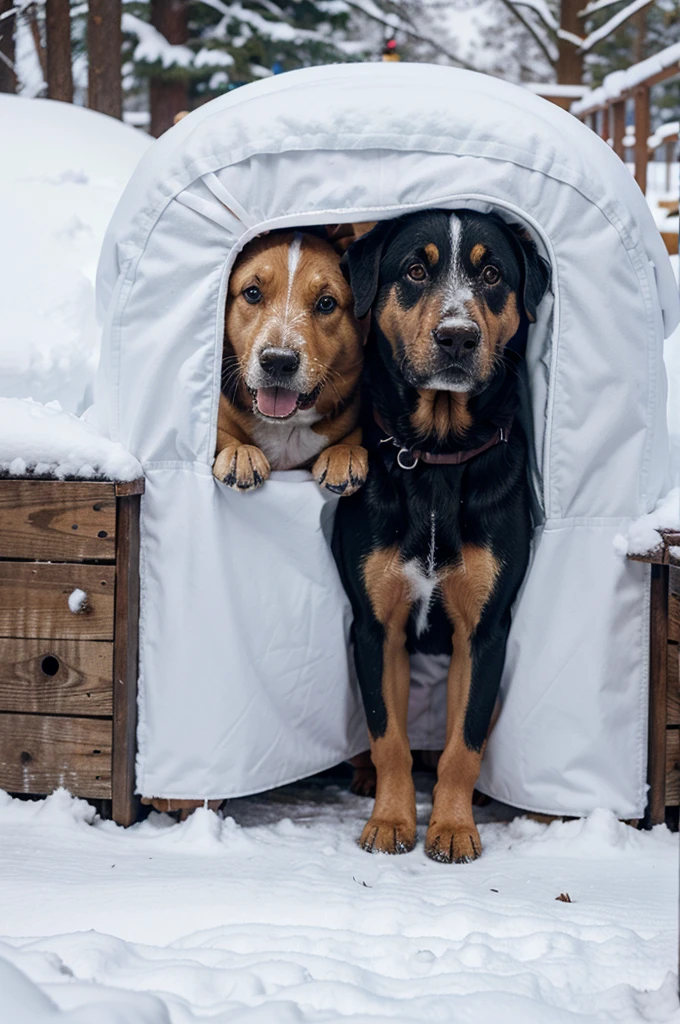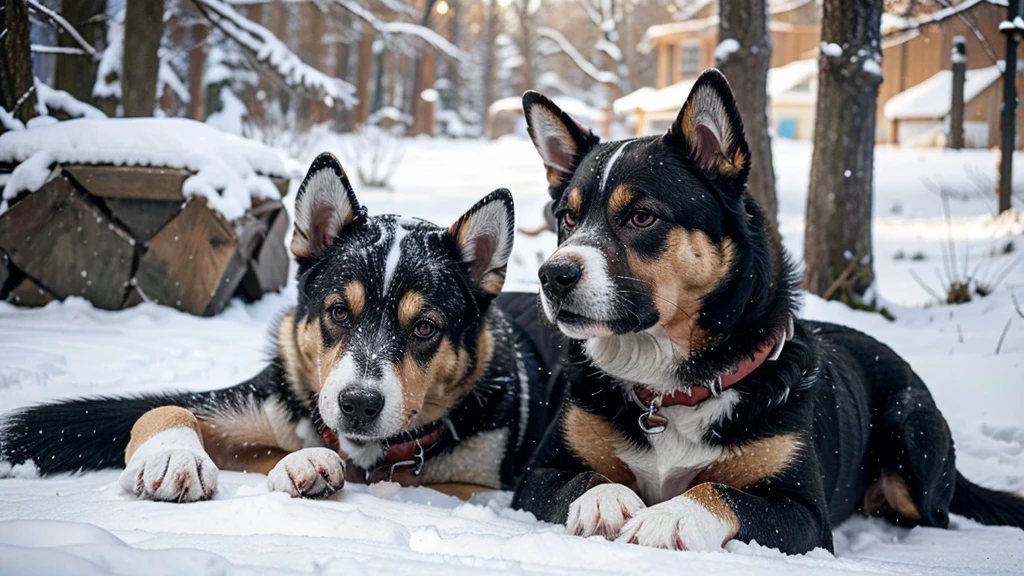dog care is very important in winter. Winter brings snow, sleet, ice and wind, which poses different challenges for our furry friends. Just as we need to prepare for the cold, it is essential to take steps to ensure our dogs stay warm, happy and healthy during the winter months. Here are some simple yet effective tips to keep your dog safe and comfortable in cold weather:
Limit the time your dog spends outside
In extremely cold temperatures, it is best to keep dogs indoors, especially dogs with sensitive ear flaps and tail tips that are prone to frostbite. Although some northern breeds with thick coats thrive in low temperatures, it’s crucial to monitor the time your dog spends outside and bring him inside if the weather turns too harsh.
Stay indoors if possible
Even dogs used to living indoors need time to acclimatize to freezing temperatures. Short trips outside can help them adjust, but indoor activities are just as important. Introduce new indoor games and interactive toys to keep your dog physically and mentally stimulated during the winter.
Keep your dog warm
Although dogs have their natural coat, it may not be enough to protect them from extreme cold. Make sure small, delicate, short-haired dogs have suitable winter clothing, including heavy coats and sweaters, to keep them warm and comfortable outdoors.
Take your dog’s age into account
Age plays a big role in how dogs react to cold weather. Puppies and older dogs have more difficulty regulating their body temperature, making them more sensitive to the cold. Keep older dogs and puppies indoors as much as possible and limit their exposure to harsh winter conditions.
Protect your dog’s paws
Like the Iditarod sled dogs, your dog’s paws need protection from icy surfaces and abrasive materials. Consider investing in dog boots or paw pads to prevent injuries and keep your dog’s feet safe and comfortable during winter walks.

Invest in a heated dog bed
A heated dog bed can provide extra warmth and comfort for dogs, especially older people or those sensitive to cold. Look for beds with auto-off features designed specifically for dogs to ensure safety and optimal comfort.
Cut off the lint on your feet
Long-haired dogs can develop ice balls between their paw pads and toes, causing discomfort and possible injury. Keep the fur on their paws trimmed to prevent icing and maintain paw health during the winter months.
Clean your dog’s feet
Deicing agents used on sidewalks can irritate and damage your dog’s paw pads. After walking outside, rinse your dog’s paws with warm water to remove salt and chemicals. Additionally, consider using a paw balm or moisturizer to soothe dry skin and protect it from further damage.
Other winter safety tips
In addition to the above measures, here are some additional tips to ensure the safety and well-being of your dog during the winter: Make sure you have a plan to keep your dog warm in the event of a power outage. Avoid walking on thin ice to avoid accidents and injuries.Be careful with antifreeze, which is toxic to dogs even in small amounts. Watch for signs of ingestion and seek immediate veterinary attention if necessary.



